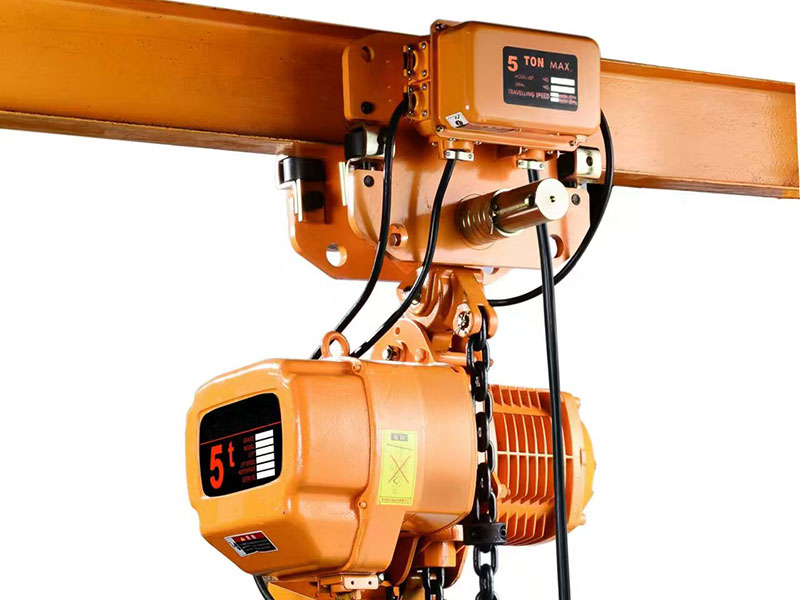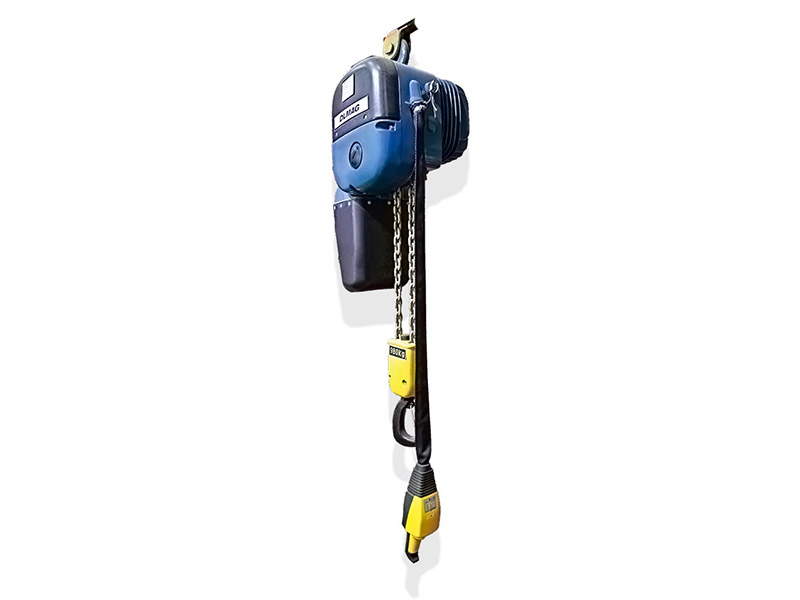European Crane vs Conventional Crane: A Data-Driven Selection Guide
Amid Industry 4.0 transformation, European cranes redefine material handling standards. [Your Company Name], a FEM/ISO-certified Chinese manufacturer with German engineering, delivers critical selection insights.
1. Structural Revolution: Space & Efficiency
European Crane:
Ultra-low headroom: 1.2m hook-to-rail clearance frees 30% vertical space
Modular pre-assembly: 65% faster installation (7 days vs 3 weeks conventional)
Case: Enabled 10t capacity in 6m-height facility for a solar panel manufacturer
Conventional Crane:
Bulky structure: ≥2m rail height limits retrofitting potential
On-site welding: 15-25 days installation with 3x dust pollution
2. Energy Efficiency: Powering Sustainable Manufacturing
European Solution:
Permanent magnet motors: 40% energy saving vs asynchronous motors
Energy regeneration: Recovers 25% braking energy ($12,000+/year saved)
Smart standby: <0.3kW idle consumption (vs ≥1.5kW conventional)
Conventional Issues:
≤85% motor efficiency with significant energy waste
Continuous friction loss in mechanical brakes
3. Smart Ecosystem: Industry 4.0 Integration
European Intelligence:
Digital twin: Real-time stress monitoring extends lifespan 25%
AI anti-sway: ±0.5mm positioning (vs ±5mm conventional)
Predictive maintenance: 30-day failure reduces repairs 60%
Conventional Limitations:
Manual inspections cause $5,000+/day downtime risk
No data interfaces for MES/ERP integration

